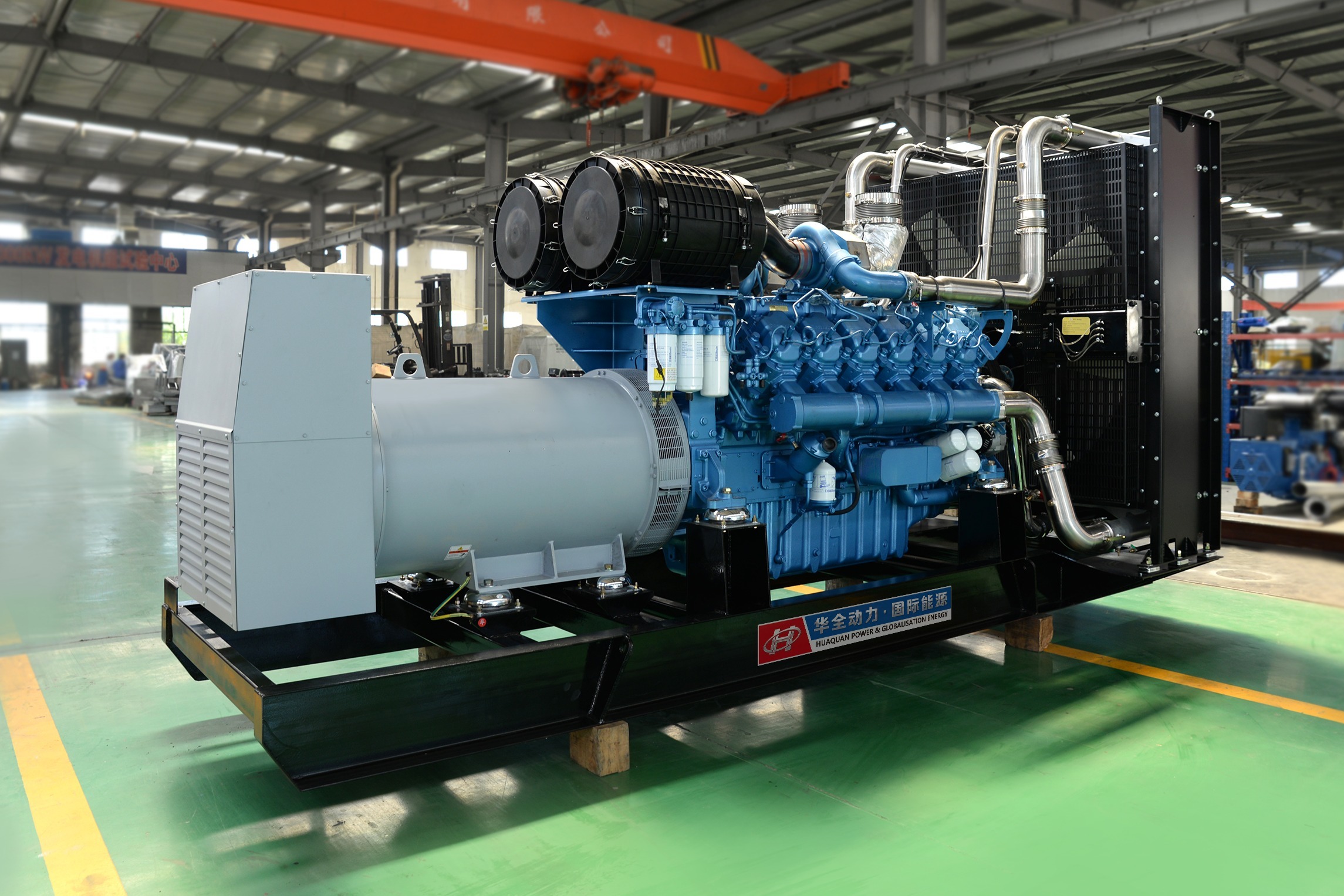Introduction
Diesel generators play a vital role in providing backup power in various industries, commercial establishments, and residential settings. These generators are known for their reliability, efficiency, and durability, making them a popular choice for ensuring uninterrupted power supply during blackouts or in areas with unreliable grid power. However, to ensure optimal performance and longevity of a diesel generator, it is essential to conduct regular performance analysis and maintenance checks. This article will delve into the importance of performance analysis for diesel generators, the key parameters to monitor, and the methods used for evaluating and optimizing their performance.
Importance of Performance Analysis
Performance analysis of diesel generators is crucial for several reasons. First and foremost, it helps in assessing the overall health and efficiency of the generator. By monitoring key performance parameters, operators can identify potential issues or inefficiencies early on, preventing costly breakdowns and downtime. Performance analysis also aids in optimizing fuel consumption, ensuring that the generator operates at maximum efficiency and minimizes operational costs. Additionally, regular performance analysis can help in extending the lifespan of the generator and maintaining its reliability over time.
Key Parameters for Performance Analysis
When conducting performance analysis of a diesel generator, several key parameters should be monitored and evaluated. These parameters provide valuable insights into the generator's operation and can help in identifying any deviations from normal performance. Some of the essential parameters to consider include:
1. Fuel Consumption: Monitoring fuel consumption is critical for assessing the efficiency of the generator. An increase in fuel consumption could indicate issues such as dirty fuel filters, worn injectors, or inefficient combustion, all of which can impact the generator's performance and increase operating costs.
2. Load Factor: The load factor of a generator refers to the percentage of its maximum capacity that is being utilized. Monitoring the load factor helps in ensuring that the generator is operating within its optimal range, avoiding both underloading and overloading scenarios that can affect performance and fuel efficiency.
3. Voltage and Frequency Output: Maintaining stable voltage and frequency output is essential for the proper functioning of electrical equipment connected to the generator. Deviations in voltage or frequency can lead to equipment damage or malfunction, highlighting the importance of monitoring and maintaining these parameters within acceptable limits.
4. Oil Quality and Levels: Proper lubrication is crucial for the smooth operation of the generator's engine. Monitoring oil quality and levels helps in detecting issues such as oil contamination, leaks, or excessive wear, which can result in engine damage if left unaddressed.
5. Temperature and Cooling System: Monitoring the temperature of critical components such as the engine, alternator, and cooling system is essential for preventing overheating and ensuring optimal performance. Regular checks on cooling system components, such as coolant levels and radiator condition, are necessary to maintain proper engine temperature regulation.
Methods for Performance Analysis
There are several methods and tools available for conducting performance analysis of diesel generators. These methods can range from simple visual inspections to more advanced diagnostic tests and monitoring systems. Some of the common methods used for performance analysis include:
1. Visual Inspection: Visual inspection involves physically examining the generator and its components for any signs of wear, damage, or leaks. This method is useful for detecting visible issues such as loose connections, corrosion, or fluid leaks that can impact performance.
2. 150kw diesel generator for event management : Load testing involves applying a specific load to the generator to simulate real-world operating conditions. By monitoring the generator's response to varying loads, operators can assess its performance under different scenarios and identify any issues related to load handling and voltage regulation.
3. Fuel Analysis: Conducting fuel analysis helps in evaluating the quality of the diesel fuel being used and identifying any contaminants or degradation that can affect combustion efficiency. Regular fuel analysis can also help in detecting issues such as water contamination or microbial growth in the fuel tank.
4. Vibration Analysis: Vibration analysis is used to detect mechanical issues within the generator, such as misalignment, bearing wear, or unbalanced components. By monitoring vibration levels at key points in the generator, operators can identify potential problems early on and take corrective action to prevent further damage.
5. Remote Monitoring Systems: Remote monitoring systems utilize sensors and data acquisition devices to continuously monitor key parameters of the generator, such as fuel levels, temperature, and load. These systems provide real-time data and alerts to operators, enabling proactive maintenance and troubleshooting to optimize performance and prevent failures.
Conclusion
Performance analysis of diesel generators is essential for ensuring their reliable operation, efficiency, and longevity. By monitoring key performance parameters and conducting regular maintenance checks, operators can identify issues early on, optimize fuel consumption, and prevent costly breakdowns. Utilizing a combination of methods such as visual inspections, load testing, fuel analysis, vibration analysis, and remote monitoring systems, operators can maintain peak performance of their diesel generators and ensure uninterrupted power supply when needed. Investing time and resources in performance analysis is a proactive approach that can save both money and downtime in the long run, making it a critical aspect of diesel generator maintenance and operation.

